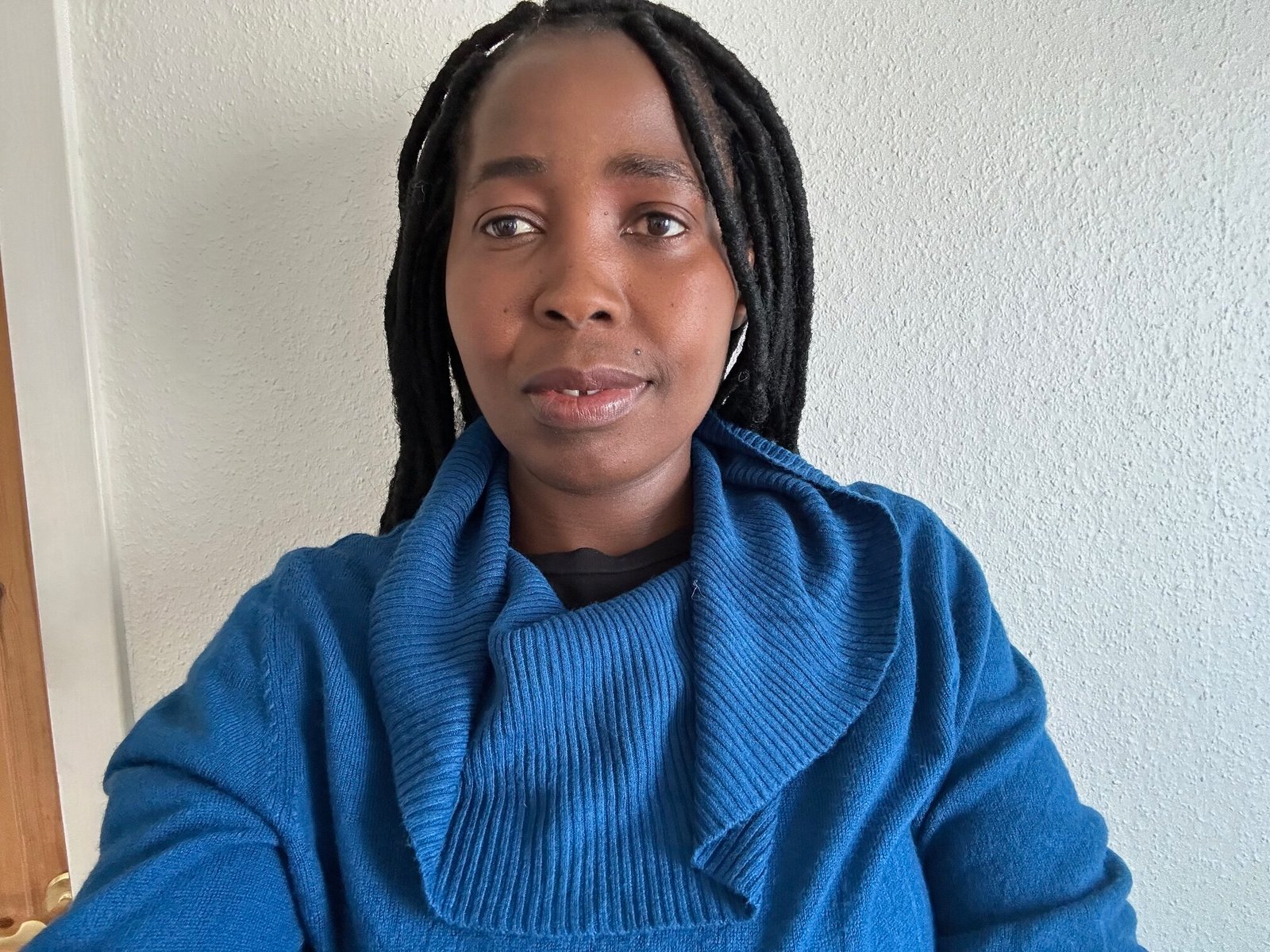
Title
Back and forth- Child welfare in the face of parenthood in transitions
Start/end of the project.
April 2024- March 2027
Background for the project
Child welfare services in Norway are known to be child centric due to their focus on the best interest of the child. When a child is placed in institution care, it is important for child welfare services (CWS) to ensure that parents continue to maintain the relationship with their child. This, therefore, means that parents have to parent at a distance, a situation that poses challenges for the parents, the child and also CWS. To parents, such transitions means that when a child leaves home and is placed in an institutional care, thy have to parent from a distance and also deal with re-establishing the bond with the child when the child returns home. The professional practitioners also have to ensure the best interest of the child, while assisting parents to deal with these challenging transitions. Therefore, there is need to understand such complex situations and transitions in order to build trust between CWS and parents. Building trust will enhance collaborations between parents and workers in understanding roles and solving problems or misunderstandings.
Aim/research question
The project aims at exploring parental transitions that relate to child welfare services, focusing on two scenarios: (i) to be parents at a distance if the child welfare service takes care of a child and (ii) when a child returns home after being placed in foster care or institutional care. In order to address this, the project will respond to the following research questions;
- How do parents experience transitions when their children enter and exist fostercare?
- In what ways do CWS workers assist/support parents dealing with the difficulties that may arise when their children are placed in and removed from foster care?
- How do CWS workers experience and navigate their interactions/encounters with parents when their children enter and exit foster care.
Method
The research will have a qualitative approach and will be conducted phenomenologically. Qualitative in-depth interviews will be used to collect data from the parents and CWS workers. The data generated will be analysed using Braun and Clark (2006) six steps thematic analysis.
